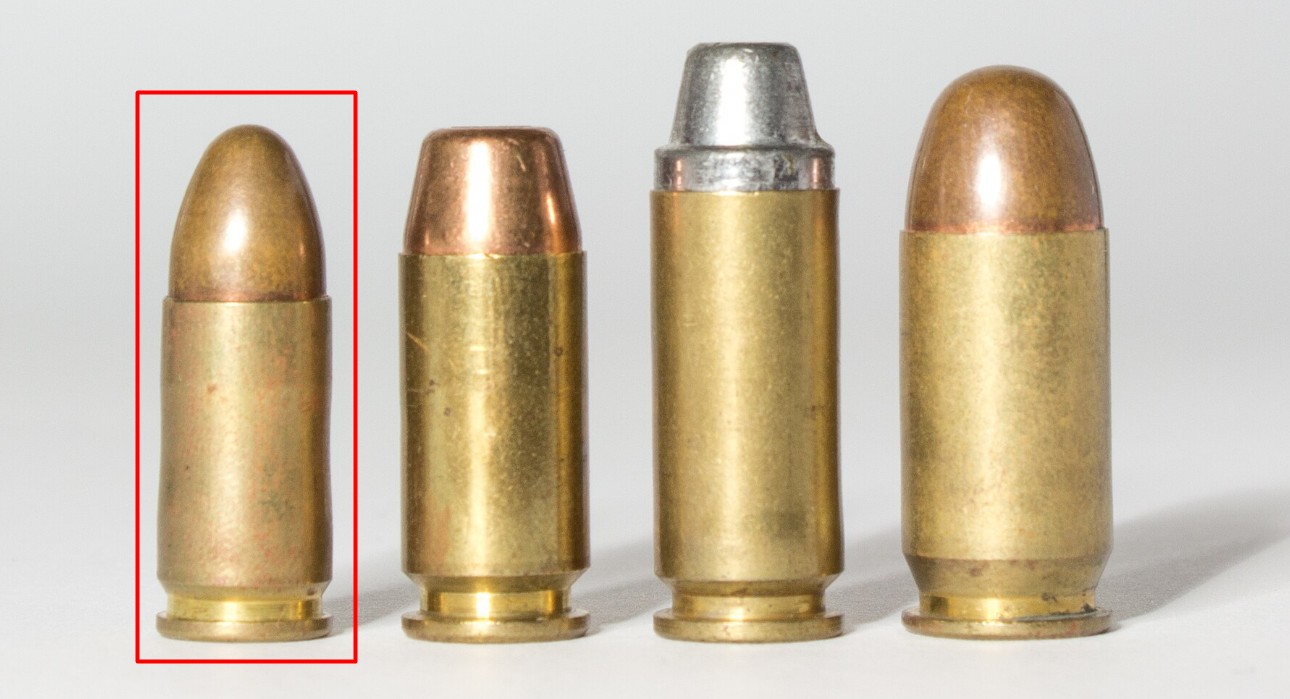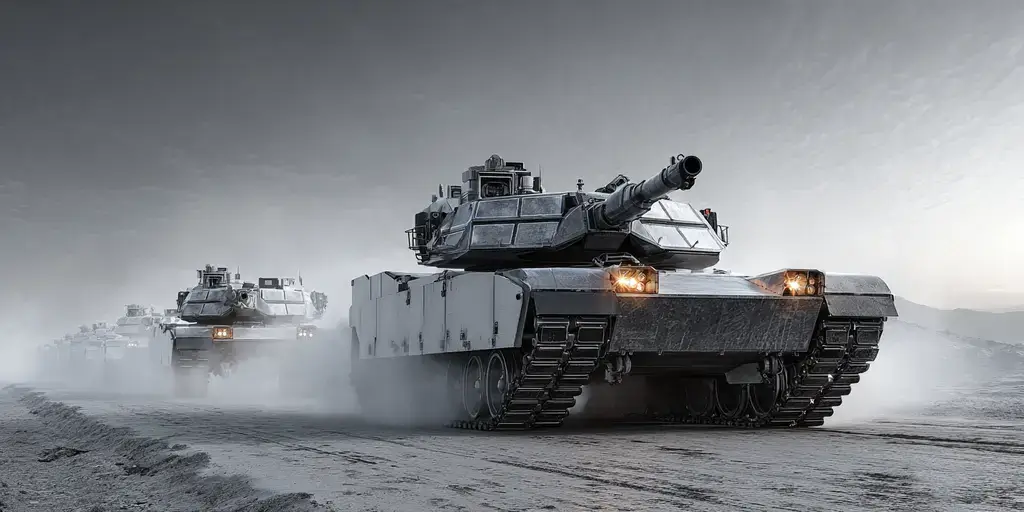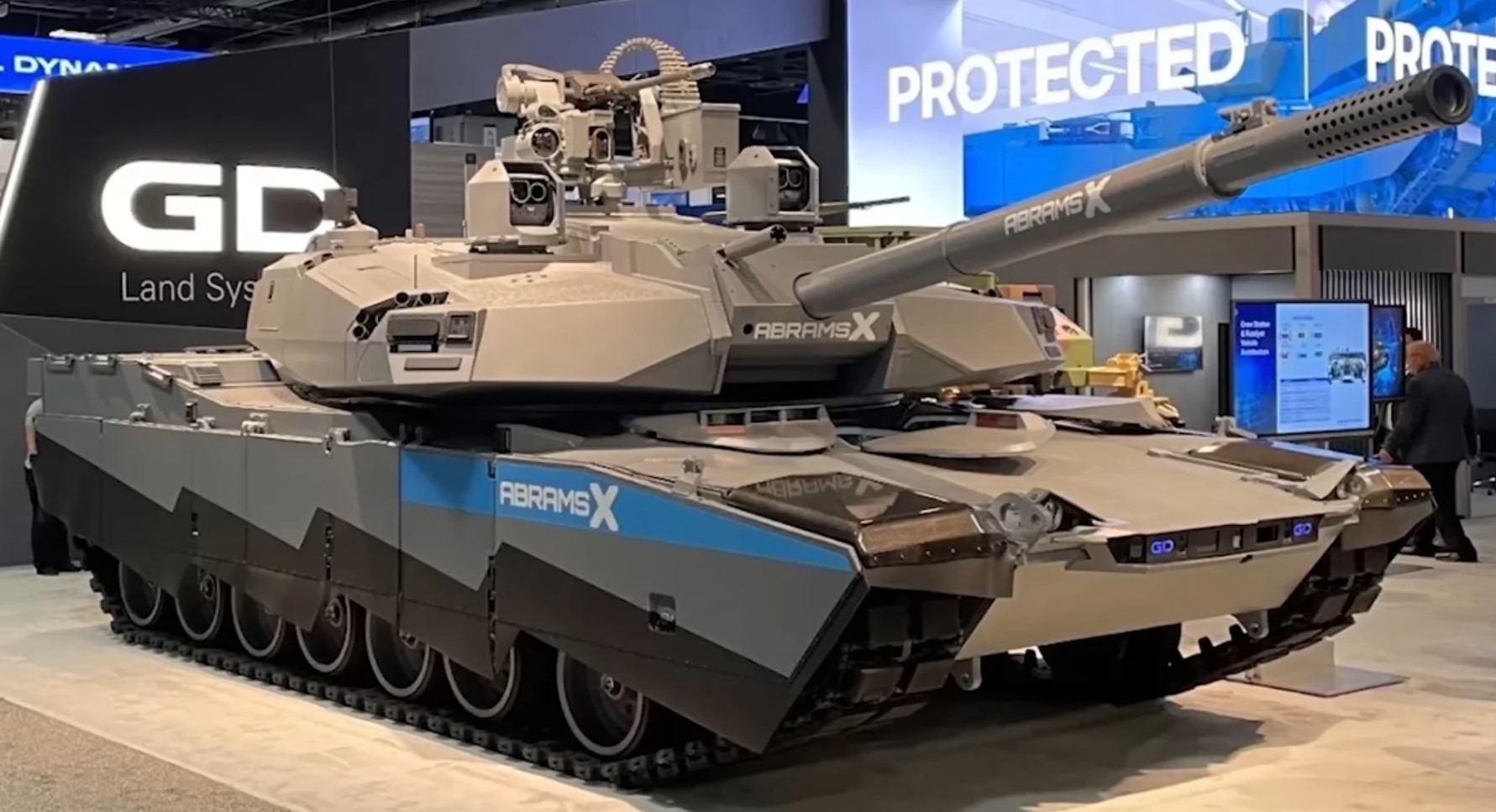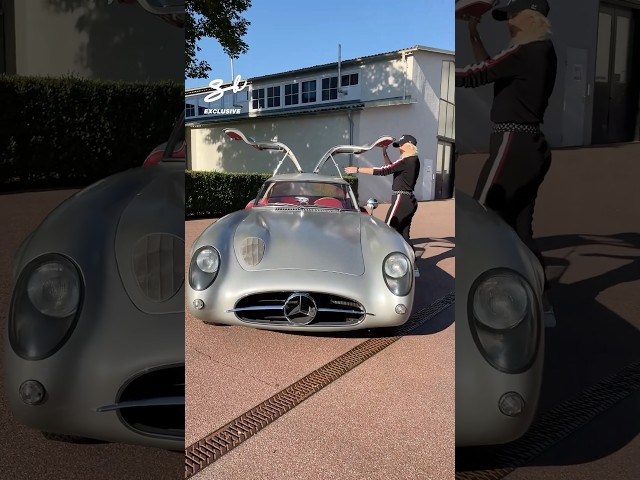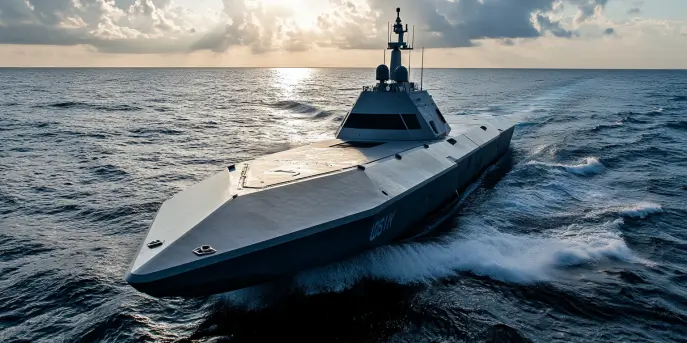An Overview of the Leclerc Scorpion (XLR)
The French main battle tank (MBT) Leclerc has been a staple of modern armored warfare since its introduction in the early 1990s. Its latest iteration, known as the Leclerc Scorpion or XLR, marks a significant technological and strategic enhancement. Designed to integrate into France’s broader Scorpion modernization program, the Leclerc XLR embodies advancements in digitization and communication, essential for modern combat.
Advanced Communication Systems
One of the standout features of the Leclerc XLR is its enhanced communication systems, which allow for real-time data exchange. This capability ensures that the tank is not only formidable on its own but also as part of a broader, network-centric battlefield. Such systems enable seamless coordination with other units, maximizing operational efficiency.
The integration of real-time communication enhances situational awareness for the crew by providing up-to-date information on enemy positions, ally locations, and battlefield conditions. This improvement is crucial in modern warfare, where speed and precision are paramount.
Key Specifications of the Leclerc XLR
| Specification | Details |
|---|---|
| Weight | 57 tonnes |
| Main Armament | 120 mm smoothbore gun |
| Secondary Armament | 7.62 mm coaxial machine gun |
| Engine | V8X-1500 Hyperbar diesel engine |
| Speed | 72 km/h (road) |
| Crew | 3 (commander, gunner, driver) |
| Range | 550 km |
Upgrades and Innovations
The Leclerc Scorpion retains the formidable firepower and advanced armor of its predecessors while incorporating cutting-edge technology to meet the demands of 21st-century warfare. The MBT features updated modular armor, allowing for adjustable protection levels based on threat assessment.
Firepower: The 120 mm smoothbore gun has been enhanced for improved accuracy, rate of fire, and extended range. The integration of newer ammunition types provides increased lethality against armored and soft targets.
Armor and Protection: The modular armor adds flexibility, letting crews adapt to various combat scenarios. The updated design ensures that the Leclerc can withstand both conventional kinetic attacks and modern asymmetric threats.
Integration into the Scorpion Program
The Leclerc XLR’s upgrade is part of the French Army’s larger Scorpion program, which aims to modernize all ground forces. The Scorpion program includes the development of new vehicles, weapon systems, and communication technologies, ensuring interoperability among different units.
At the heart of this initiative is the overarching goal of network-centric warfare. The ability of the Leclerc XLR to communicate in real-time with other systems on the battlefield is a game changer. This capability enhances command and control functions multi-fold, allowing for coordinated strikes and rapid response to enemy maneuvers.
Challenges and Opportunities
Adapting existing platforms like the Leclerc to new technological paradigms is not without challenges. The complexities of integrating new digital systems with older mechanical designs require extensive testing and evaluation. However, the potential benefits of creating a cohesive, responsive, and technologically superior force are immense.
The success of the Leclerc XLR upgrade could set a standard for similar platforms worldwide, showcasing how legacy systems can be effectively modernized.
The Future of Armored Warfare
As nations globally reassess their military capabilities, the role of main battle tanks remains as crucial as ever. While advancements in drone technology and precision munitions have reshaped the battlefield, the combination of mobility, firepower, and protection offered by platforms like the Leclerc XLR cannot be understated.
The imperative to maintain relevance in new-age warfare means continuous upgrades and enhancements in technology and strategy will be pivotal. The Leclerc Scorpion’s success is an indicative step forward in ensuring that armored divisions can face evolving threats head-on.
In conclusion, the Leclerc XLR is emblematic of a broader shift towards digitally integrated and adaptive military forces. By focusing on real-time communication and network capabilities, it highlights how traditional heavy armor can be seamlessly assimilated into a modern operational theater.

